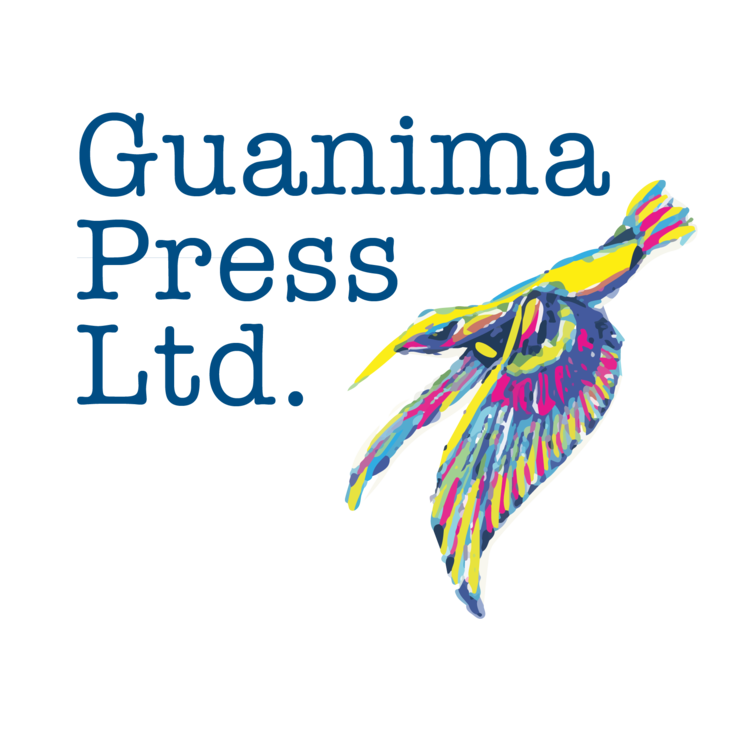Safeguarding Our Bahamian Heritage
A note from Neko Meicholas…
Just before the onset of this awful pandemic and the lockdowns began, I travelled to Andros (Bahamas) with the Creative Nassau team—(duh wifey and VP) Patricia Glinton-Meicholas and Pamela Burnside, President.
Our project fell under the aegis of The Bahamas Pine Island Project with the support of the Department of Environmental Planning and Protection, The Forestry Unit in the Ministry of Environment & Housing and the Bahamas Agricultural and Industrial Corporation.
I was there as videographer, photographer and later graphic artist and video editor. My goal was to shoot footage and photographs that would later be used to produce a mini documentary on the sustainable harvesting of the Silver Top Palm and a brochure on the unique artisans of Red Bays.
Called ‘black Seminoles’, they are the descendants of enslaved or free Africans who fled from neighbouring areas to Florida seeking freedom and the Floridian native Americans who came to be called Seminole Indians. When US military forces started persecuting this group, some fled to The Bahamas into the wilds of Andros. Where they settled, would later become known as Red Bays.
Of course, as I already had the camera in hand, I decided I would interview these artisans and create mini video documentaries and feature/share their art, carving and unique basket weaving technique with the world.
Those interviews, brochure and mini documentary follow…
Red Bays . Andros . The Bahamas
Located not too far from Florida, there is a remarkable time-capsule of a village in North Andros, Bahamas with a fascinating history. Red Bays is home to a friendly and unique people and culture. It is the only settlement on the west coast of The Bahamas’ largest island (Andros) and an important element of the centuries-long Bahamas/Florida connection, dating back to early 19th century Seminole Wars of the United States.
Living in Red Bays are the direct descendants of the Africans and Native American Seminoles who fled across the Gulf Stream in small boats to find freedom in The Bahamas.
These Seminole/African descendants have preserved the artistry of their ancestors’ coiled weaving techniques. Instead of the traditional Palmetto fibre, used by the Florida Seminoles, the residents of Red Bays took advantage of what was locally available and turned to the super-strong straw of the silver top palms (Coccothrinax Argentata) which they sustainably harvest.
Among Bahamians, the artisans of Red Bays have developed a reputation for some of the best weaving techniques and creating some of the finest straw products and wooden carvings available locally. Many of these craft masterpieces are considered collectibles.





